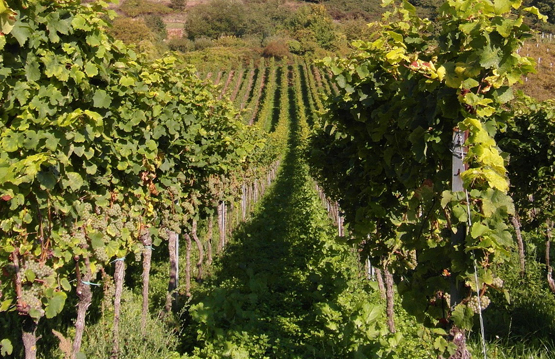
Seeding and Spreading
Professional seeding with APV products!
Precise metering with best lateral distribution is the basis for successful seeding.
Find the right product for your application

The Soil
Your soil will thank you if you take good care of it. Ground cover and erosion control have the top priority. Through the use of catch crops your crop rotation will be loosened and the soil life activated. The right choice of plant species can break up compaction and provide the soil with nitrogen. This increases soil fertility enormously. Save an extra job with the seeder and bring out your catch crops with APV spreaders or Pneumatic Seeders.
The Catch Crop Cultivation
Whether biological or conventional farming - with regard to catch crop cultivation, all farmers agree: It's worth it. Through the use of catch crops to promote soil health and soil fertility, you can exploit the full potential of your soil.
Advantages of catch crop cultivation:
- Suppression of weeds and pests (conservation of pesticides)
- Erosion-reducing effect through soil cover and improvement of the crumb structure
- Increase of biological activity and stimulation of soil life
- Promotion of humus content by enrichment with easily biodegradable organic matter
- Green manure or production of animal fodder


Nurse Crops
An important use of catch crops is nurse crop seeding. Again, the main focus is on the soil cover for erosion reduction.The vigor of cover crops and nurse crops should be coordinated so that they do not oppress each other.Grain cultivation often uses clover grass mixtures which are used as fodder plants after harvesting the main crop.In viticulture, however, mixtures of phacelia, buckwheat and vetchlings are used mostly.
As maize cultivation often leaves the soil uncovered over a longer period of time, nurse crops play an important role.The soil transport by wind, but also by water in heavy rainfall (especially on slopes) is not to be underestimated.In order to be able to counteract this erosion, grasses are often sown between the maize rows.
